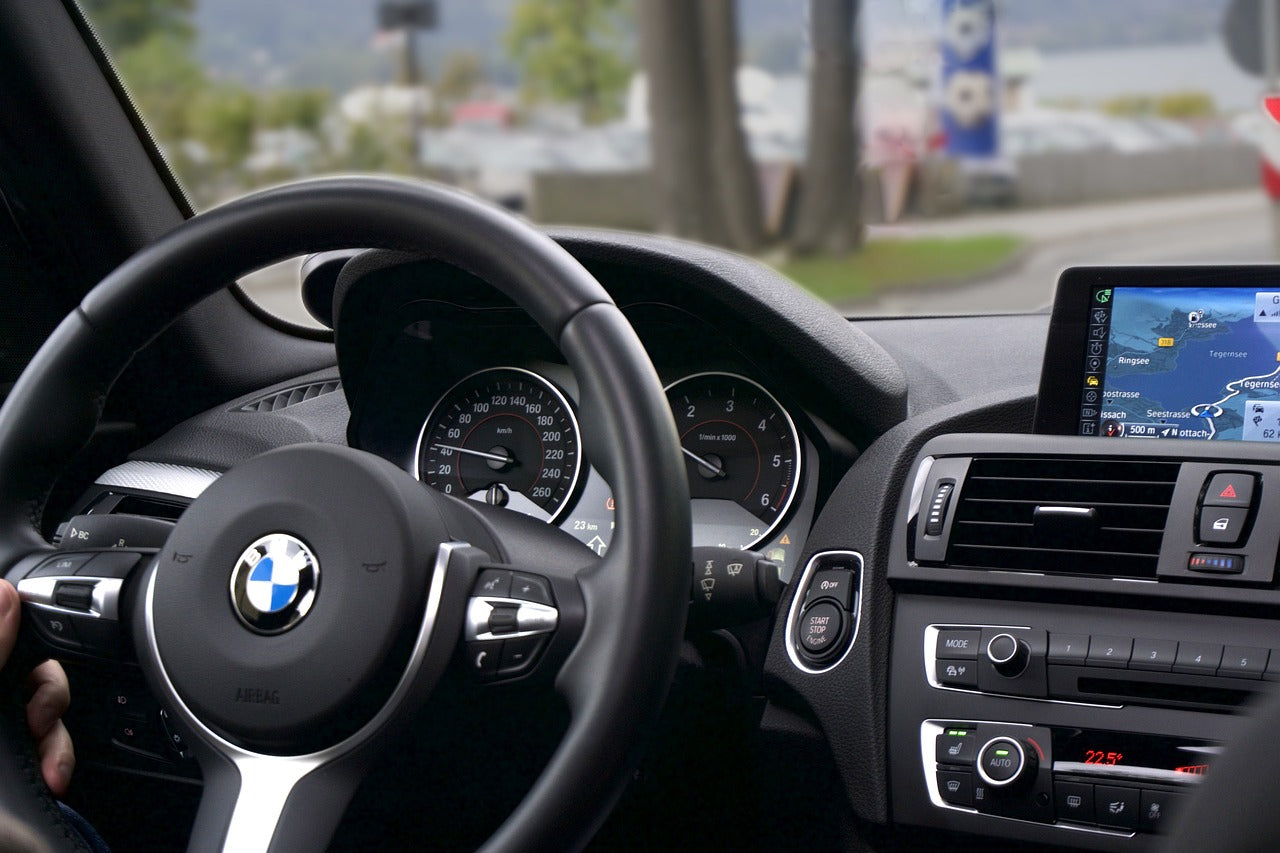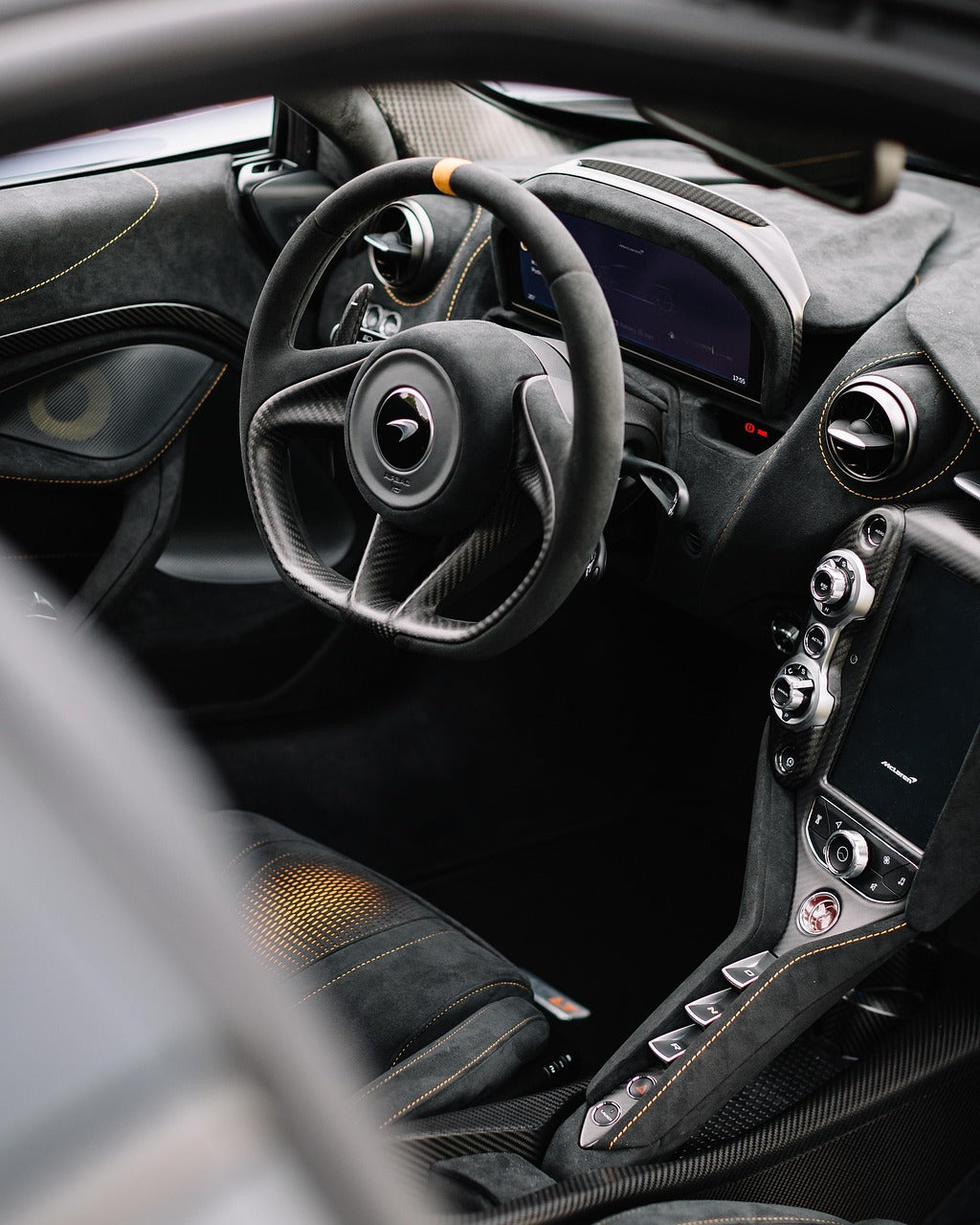Ensuring road safety is a top priority, especially for new drivers. A dash cam is an excellent addition to a vehicle, providing a wise precaution and security in case of any incidents. Today we will take the Lamtto DC16 4K front and rear dash cam as an example to talk about how to help a new driver set up and use a dash cam.
First, before permanently routing the cables through the car, it is essential to test the functionality of the Lamtto DC16 4K dash cam. The first step involves connecting the front camera to a 12-volt adapter and ensuring it powers on correctly. Additionally, the rear camera should be plugged in to verify its operation.
One of the key features of the Lamtto DC16 4K dual dash cam is its seamless integration with the app, this app allows direct connection without unnecessary steps. After launching the app, simply tap the "Add Camera" button to detect the device via Wi-Fi. Once connected, the camera feed appears on the app, confirming proper functionality. Before proceeding further, formatting the memory card ensures optimal recording performance.

Mounting the Front Camera
Positioning the front camera correctly is crucial for unobstructed recording. The adhesive pad should be placed above the camera unit to secure it firmly. There are two ideal mounting options:
To the passenger side of the rearview mirror.
Centrally beneath the rearview mirror for a balanced and discreet placement.
Choosing a placement that does not obstruct the driver’s view is essential. Once positioned, the camera will begin recording automatically when the vehicle’s engine is turned on.
Setting App for Optimal Use
The app provides multiple configuration options, allowing users to tailor the dash cam settings to their preferences. Some notable settings include:
Sound Recording: This can be turned off to save memory card space and ensure privacy.
Speaker Volume: Adjusting the volume ensures notifications are at a comfortable level.
Automatic Recording: The dash cam starts recording as soon as the car is powered on.
Connecting and Testing the Rear Camera
The rear camera connects to the front dash cam via a dedicated cable. After plugging it in, the app should detect the secondary camera automatically. A simple switch in the app interface allows users to toggle between the front and rear views. When in operation, both cameras record simultaneously, ensuring comprehensive coverage of the vehicle’s surroundings.
Installation and Cable Management
With both cameras functioning correctly, the final step involves neatly routing the cables through the car's interior. Concealing the wiring along the edges of the windshield and vehicle panels ensures a clean and professional installation, now the Lamtto DC16 4K dash cam is ready to provide added security and peace of mind for the new driver.
Overall, installing a dash cam is a proactive step toward enhancing road safety, particularly for new drivers. With easy setup, seamless app integration, and dual-camera functionality, the Lamtto DC16 4k dash cam ensures reliable recording of driving activities.




Leave a comment
All comments are moderated before being published.
This site is protected by hCaptcha and the hCaptcha Privacy Policy and Terms of Service apply.